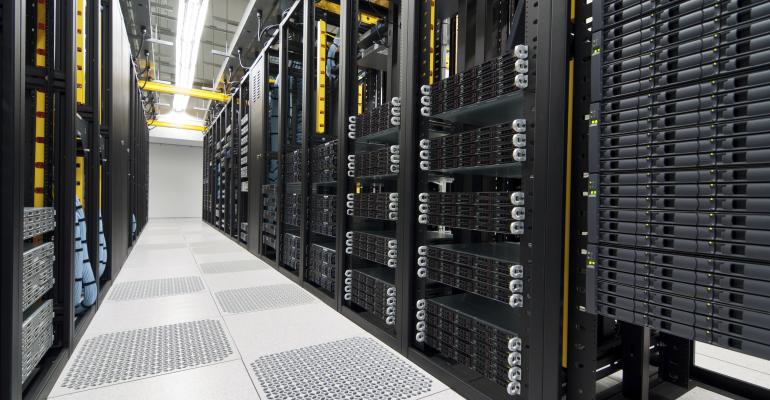A recent study by the Jonathan Koomey of Stanford University and Anthesis Group has found that up to 30% of servers in datacenters are comatose. Comatose suggests that the servers are drawing power, but aren’t generating useful output.
The study of 4000 servers (http://www.koomey.com/post/120611632473) confirms earlier results that found that roughly 30% of servers in datacenters were switched on by not doing anything. You can see more information on the previous study here: http://tsologic.com/independent-research-validates-big-savings/ and http://www.nrdc.org/energy/files/data-center-efficiency-assessment-IP.pdf
You have to dig around a bit to find out what “comatose” means. The study defines them as servers that may have been left deployed after a project ended or a business process changed but where no-one is actively tracking the server’s usage. The study posits that IT managers are reluctant to decommission servers that they suspect are idle in case it turns out that it has a critical impact on some occasional process that they are unaware of.
The solution is better monitoring and documentation – with organizations coming up with a way of determining which servers can be switched off because they are no longer needed. As IT Pros become responsible for larger and larger numbers of servers (think Snover’s quote about Cattle and not Pets) – it may become increasingly hard to determine what’s going on with all of the members of the herd – especially as people outside the IT department are “empowered” to rapidly self-service deploy their own workloads. We’ve all seen user accounts for people that have long since left the company. They are easy to identify because you can quickly check if Bob Smith is still with the company. It’s a little harder to work out if VM-2015-142A is still needed or can be shut down unless you’ve already got some method in place that allows you to check.
The cloud isn’t really a solution either as there is no reason why workloads that become derelict won’t persist in the cloud like they would in an on-prem datacenter. Of course if you’re a cloud provider, you’re quite happy to have people spin up servers that they might forget about because it’s possible to bill idle servers.

